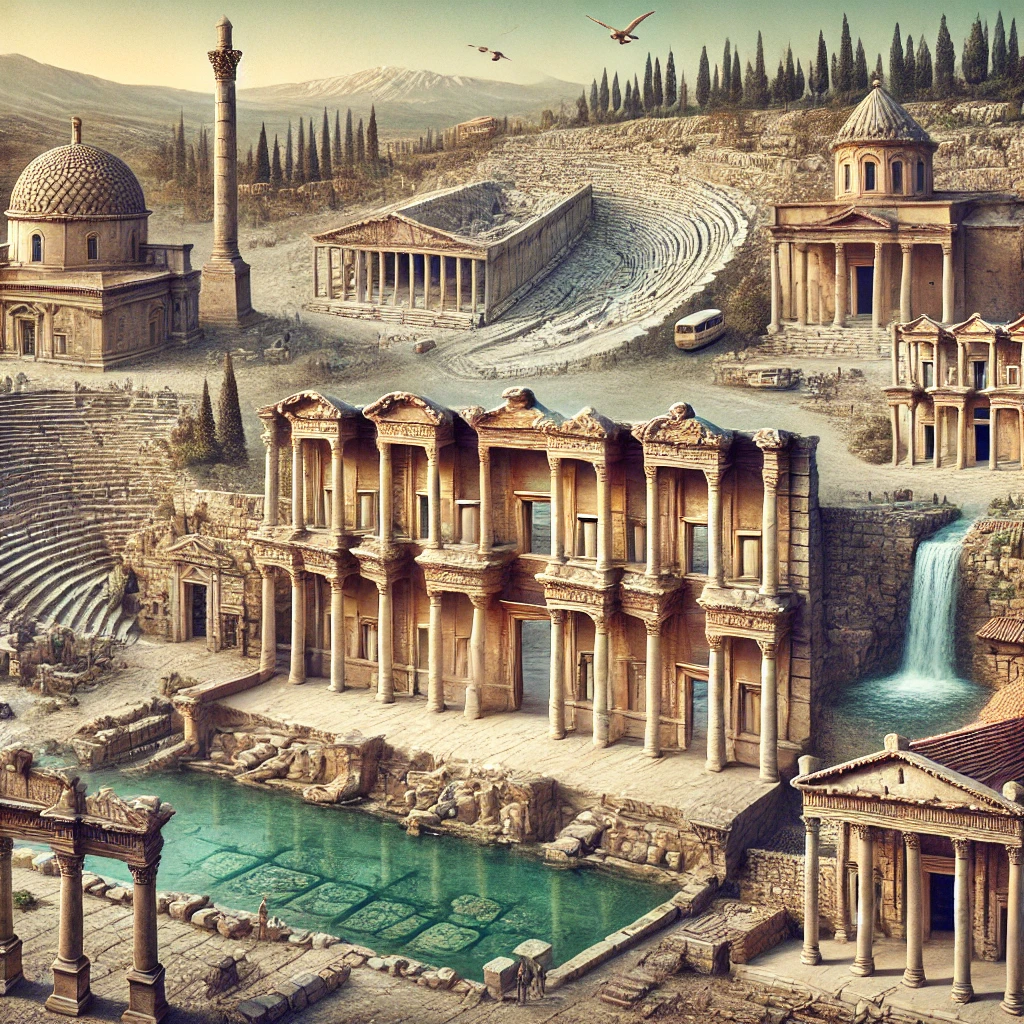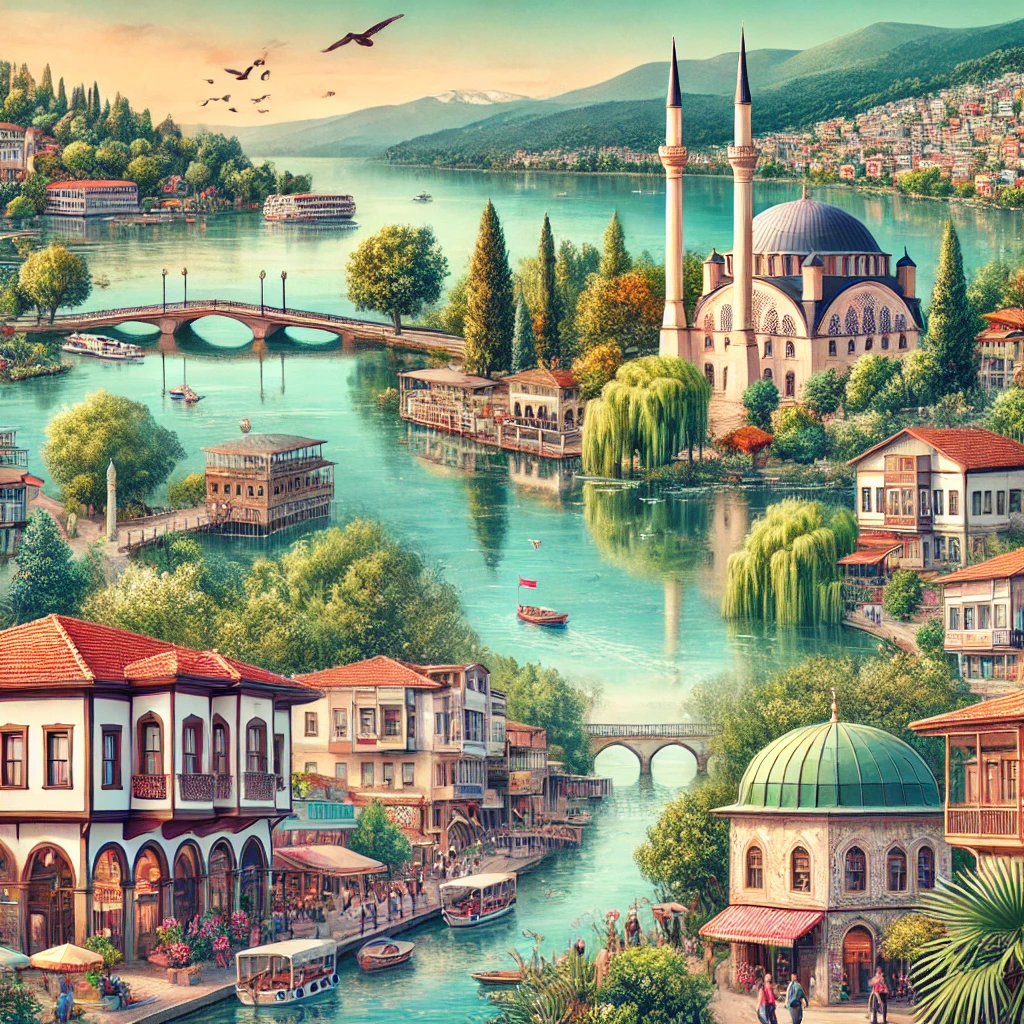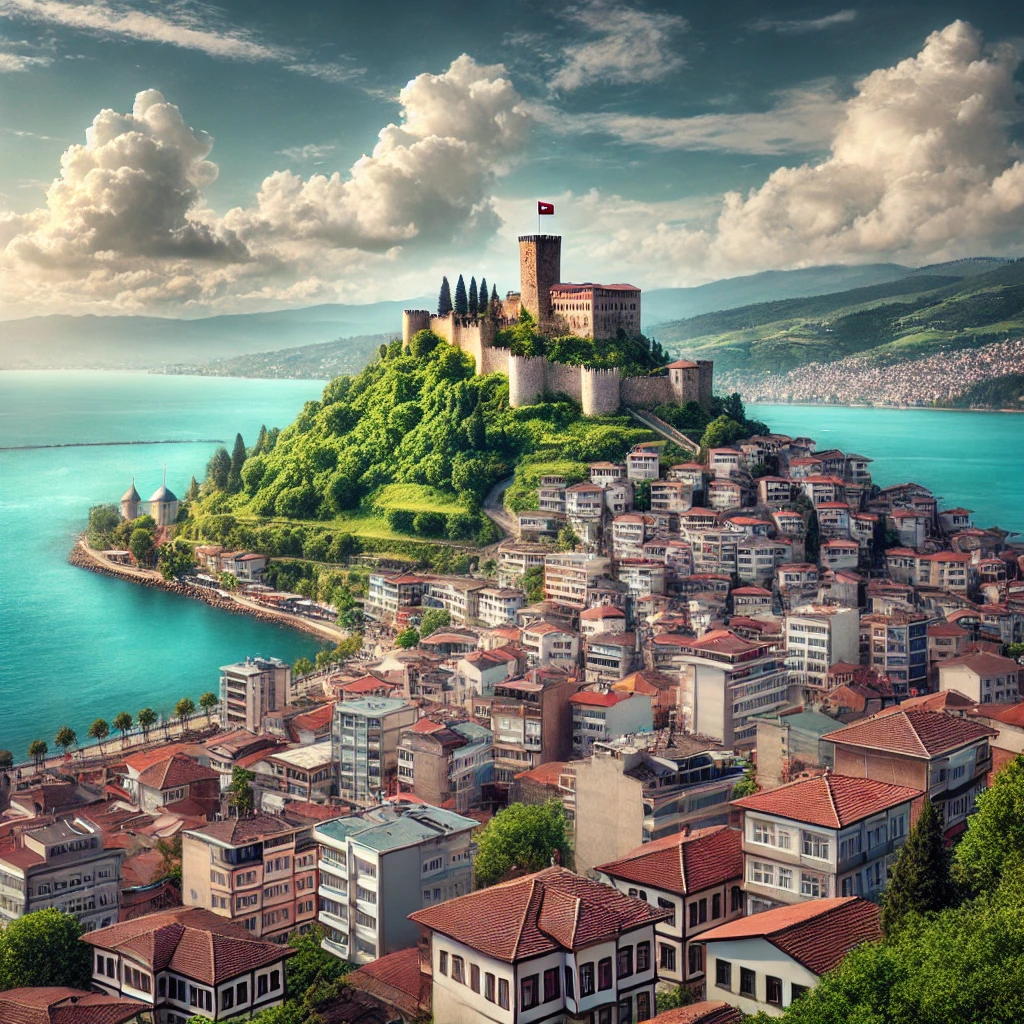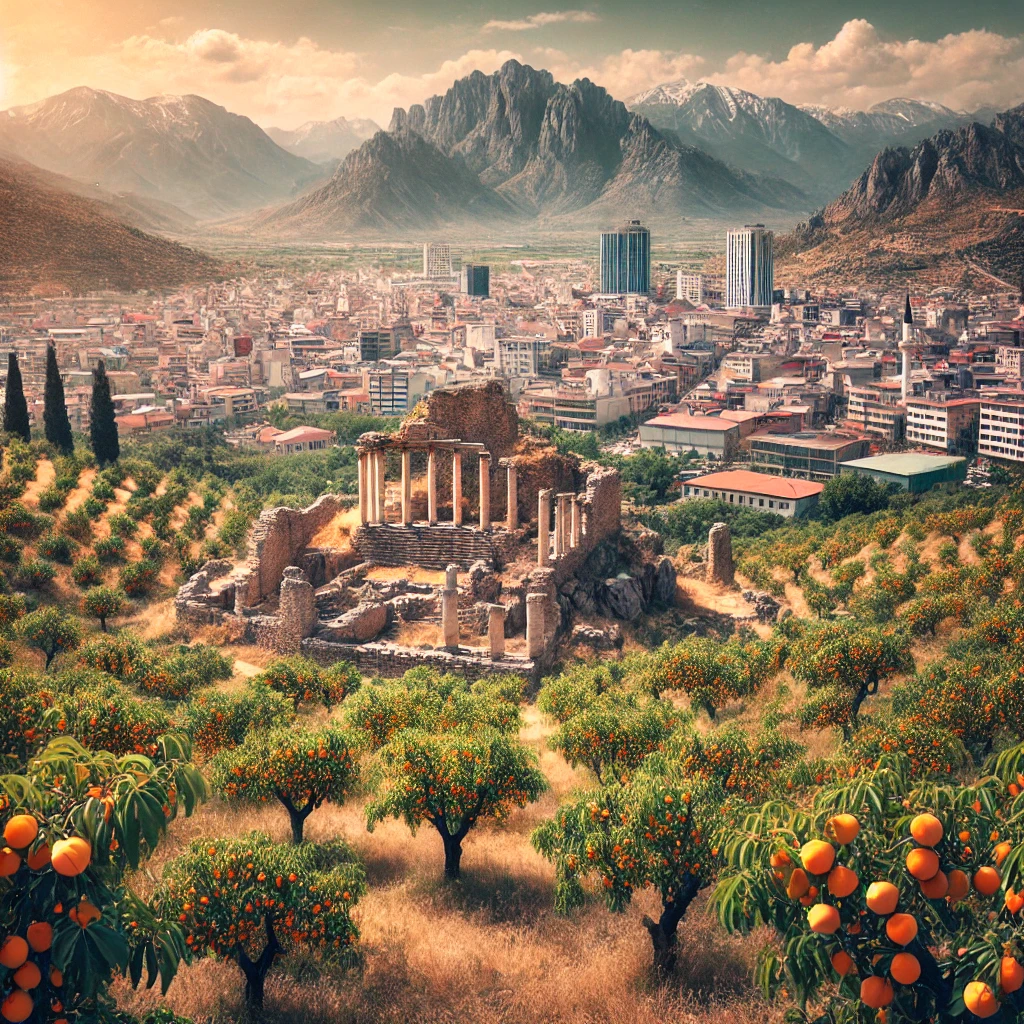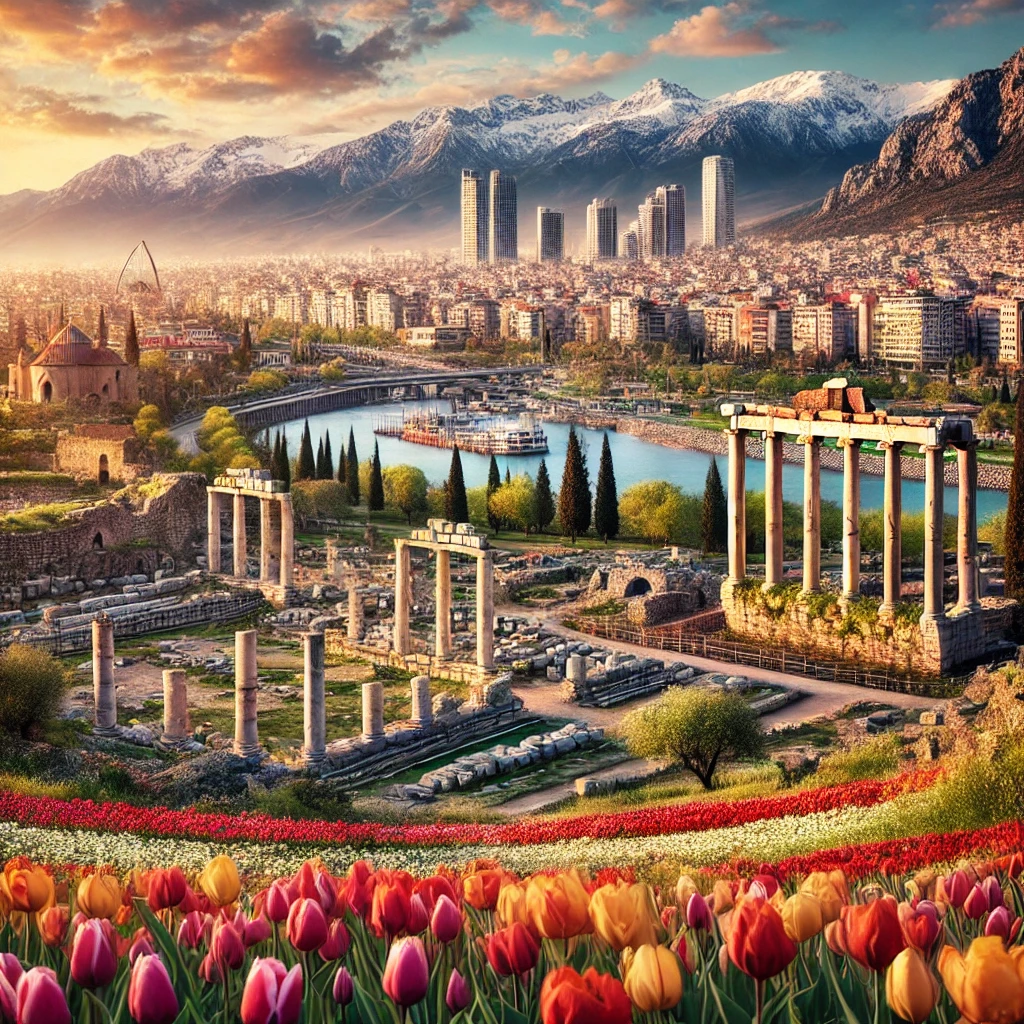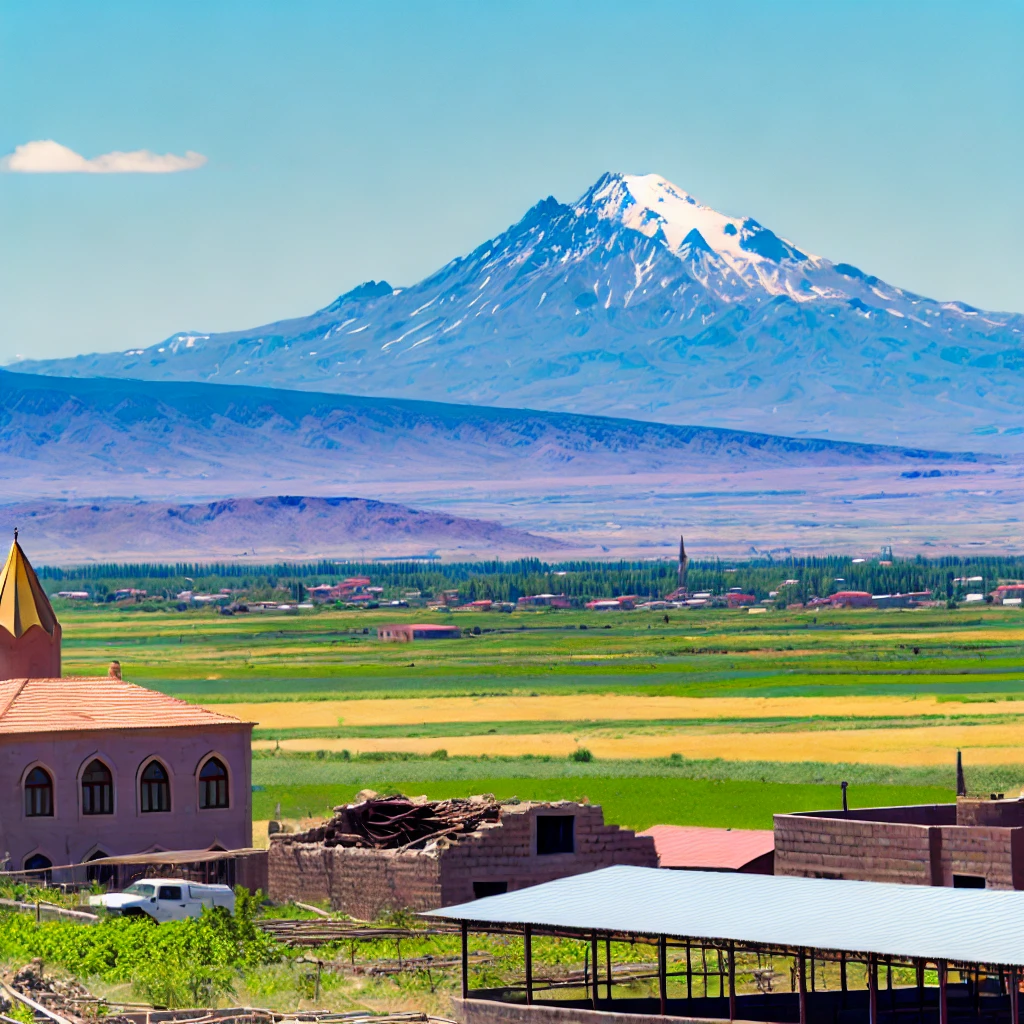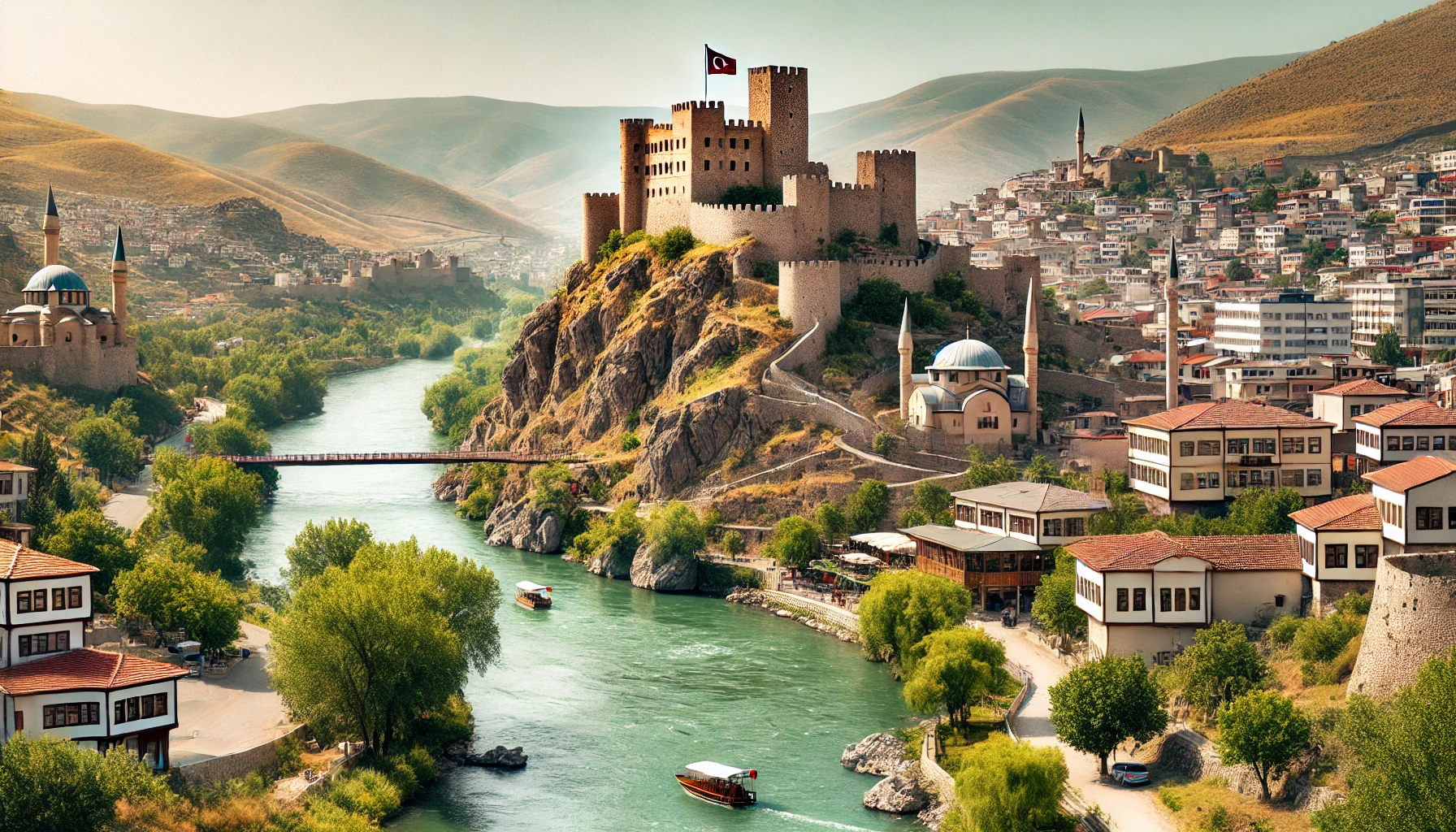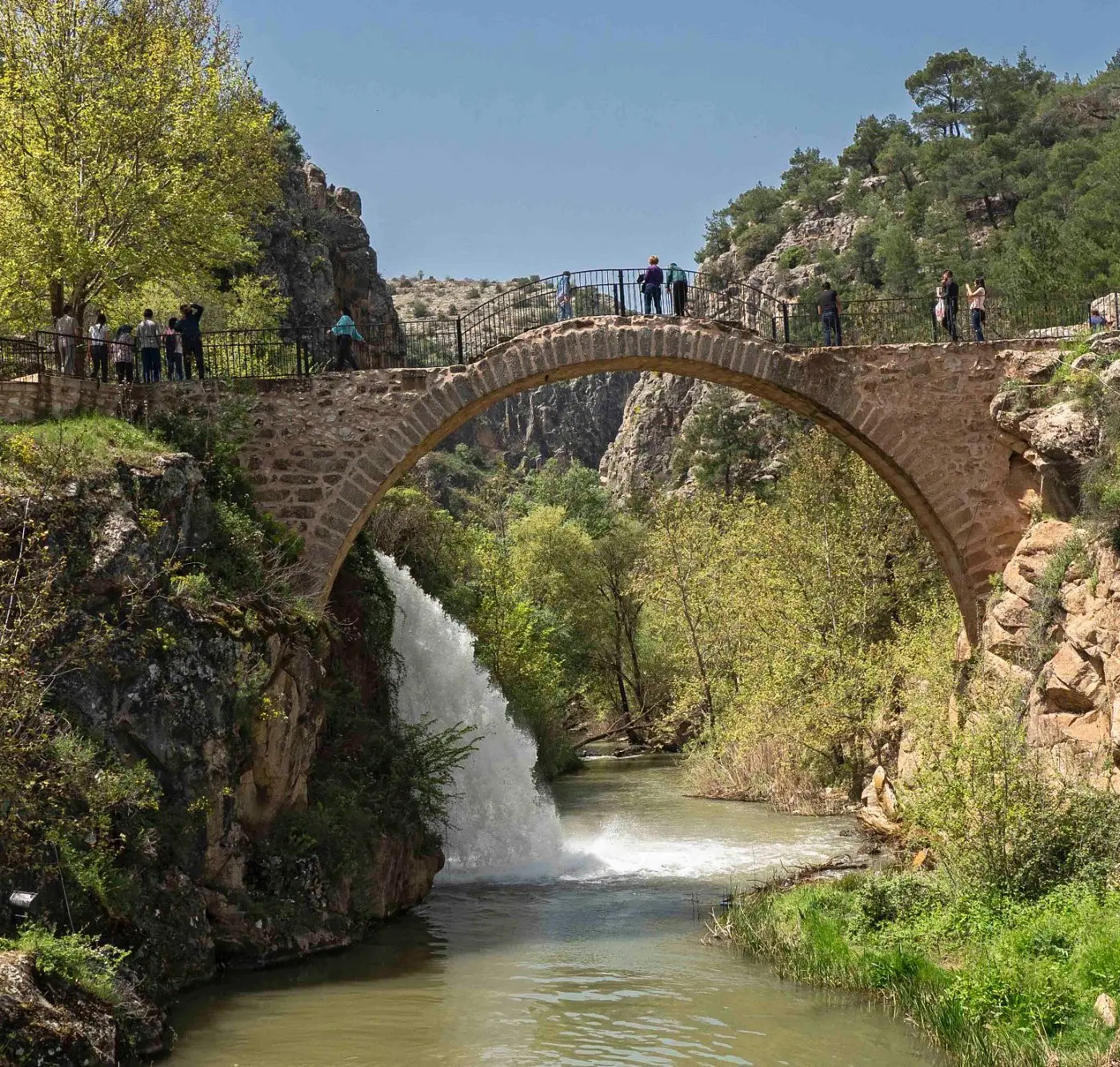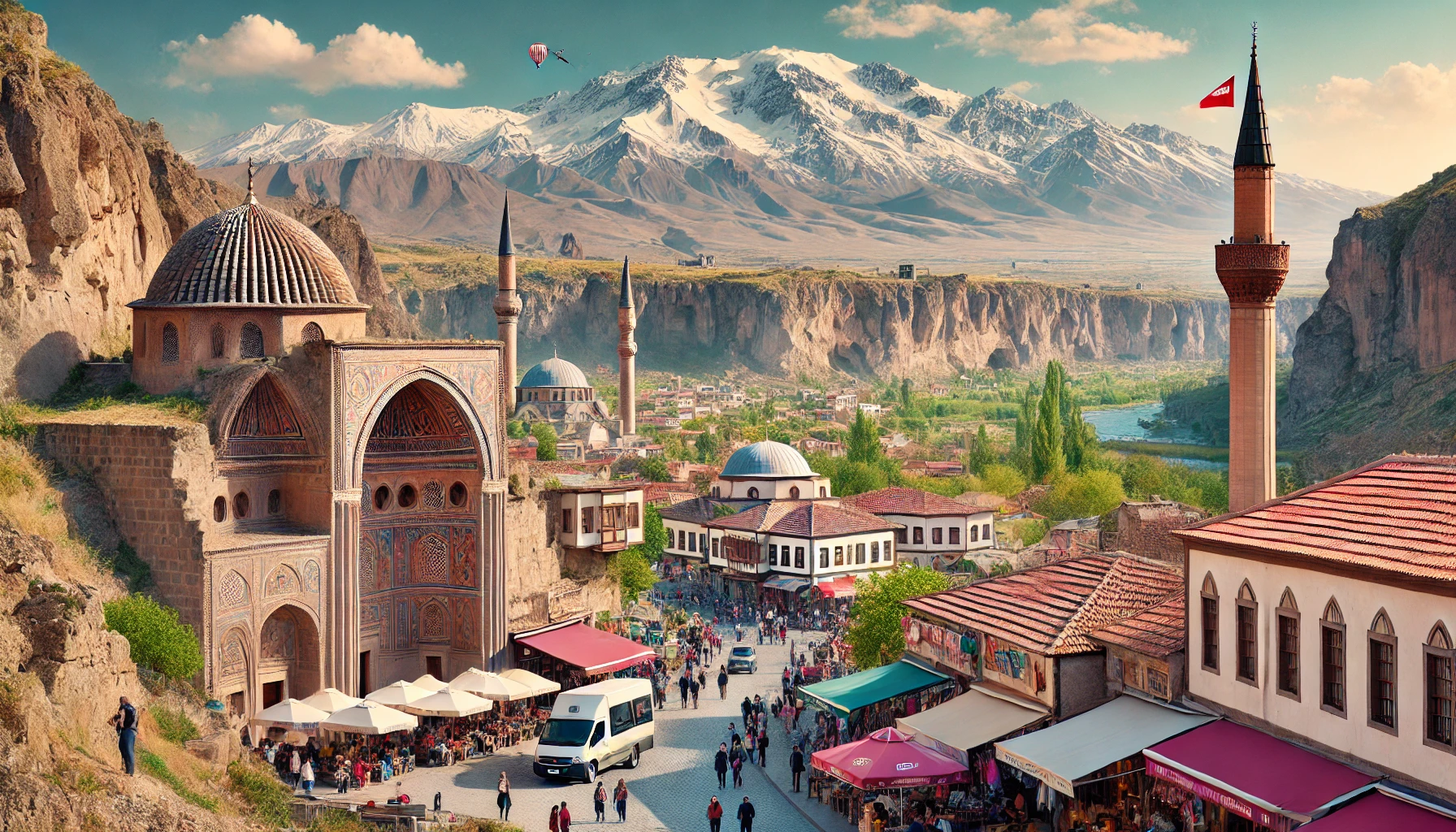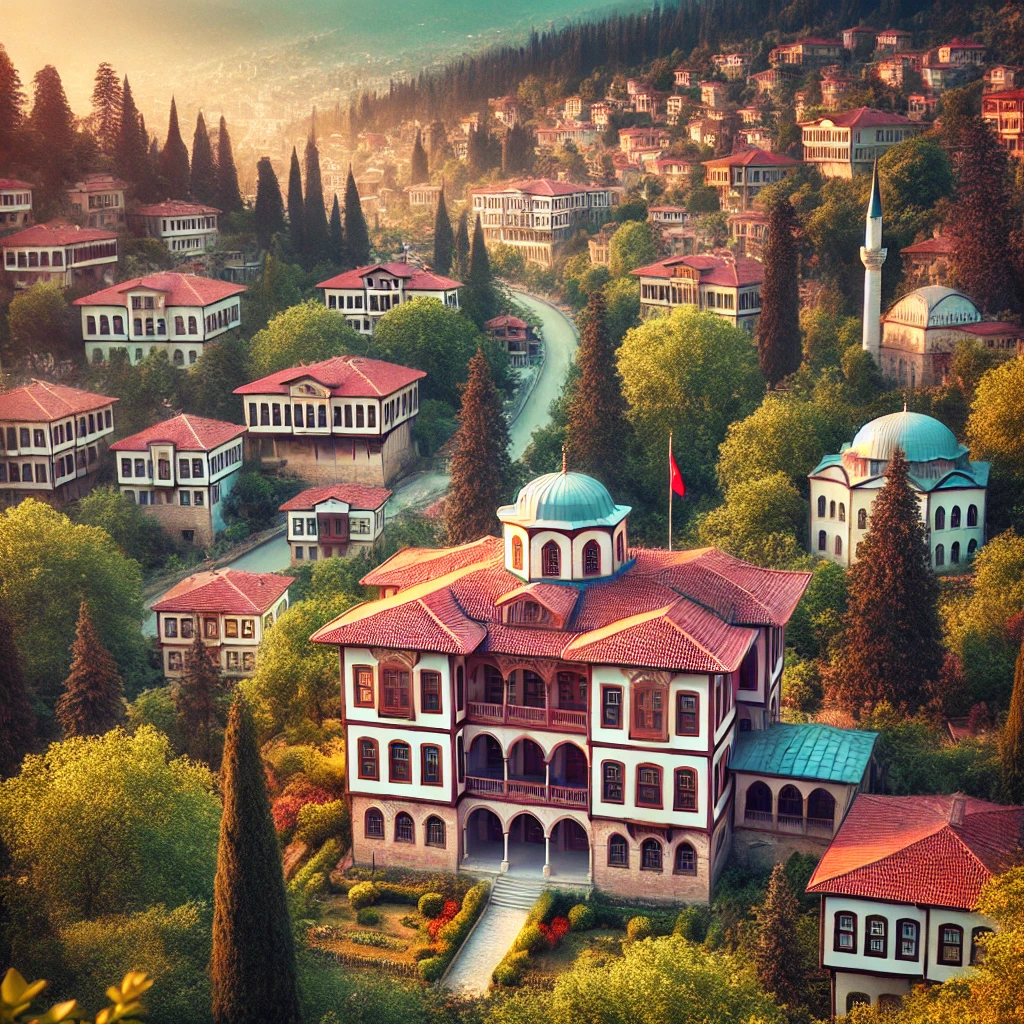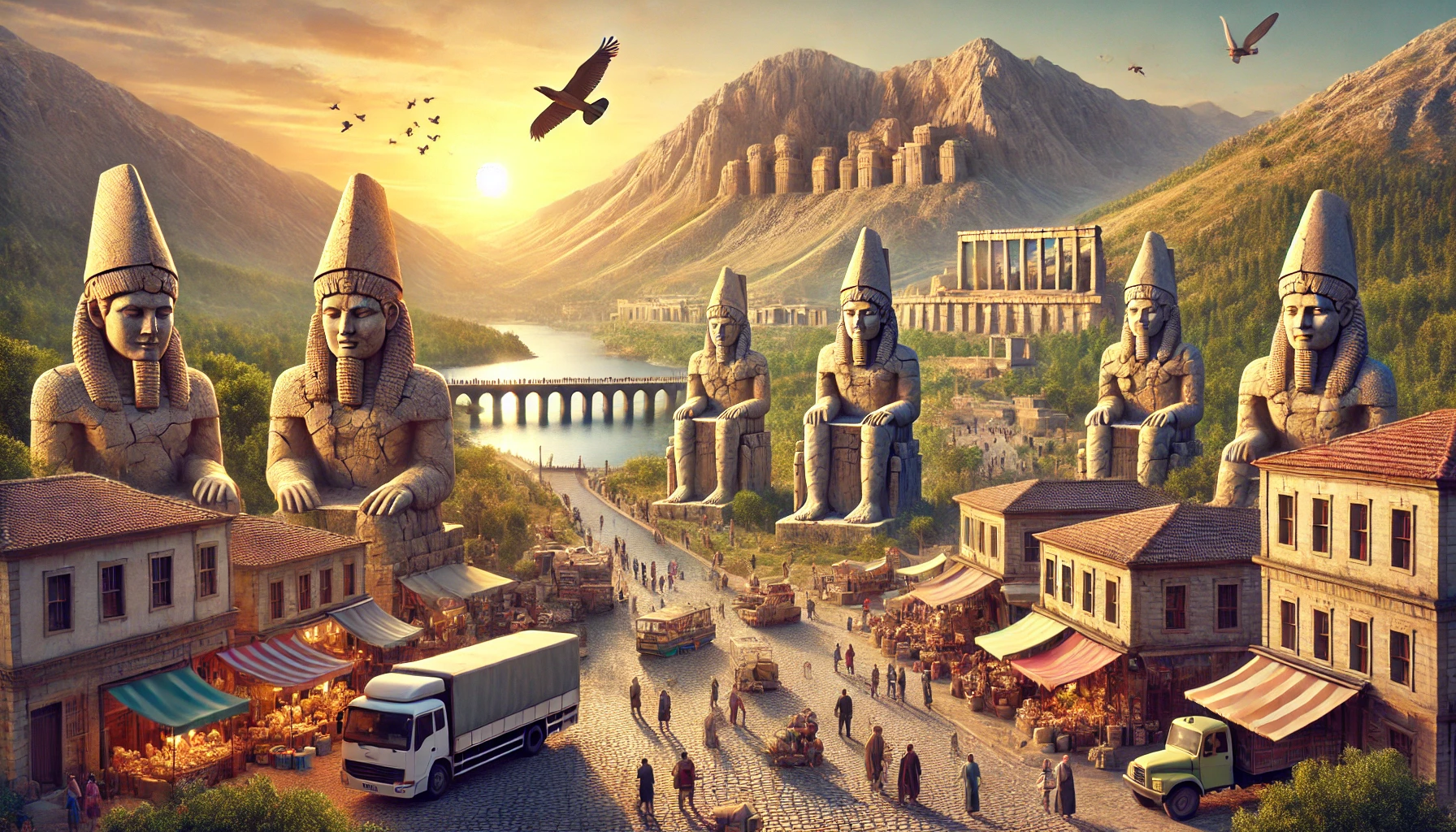Visit Hierapolis: Exploring the Ancient City of Healing Waters
Hierapolis, an ancient city located near Pamukkale in southwestern Turkey, is renowned for its thermal springs, well-preserved ruins, and rich history. This UNESCO World Heritage site offers a fascinating journey through ancient Greek and Roman cultures. In this listicle, we will explore the top attractions and experiences in Hierapolis, ensuring you make the most of your visit to this remarkable destination.
1. The Ancient City of Hierapolis
Historical Significance
Hierapolis, meaning “sacred city,” was founded by the Attalid kings of Pergamon in the 2nd century BC. The city gained prominence as a major healing center due to its thermal springs, which were believed to possess therapeutic properties. Visiting Hierapolis offers a glimpse into the ancient world and the significance of its healing waters.
Architectural Marvels
The ruins of Hierapolis showcase impressive Greek and Roman architecture, including temples, baths, and public buildings. Walking through the ancient streets, visitors can imagine the grandeur of this once-thriving city.
2. Pamukkale Thermal Pools
Natural Wonder
One of the most famous attractions near Hierapolis is the Pamukkale thermal pools. These stunning white terraces, formed by calcium deposits from thermal springs, create a surreal landscape that resembles a “cotton castle,” which is what Pamukkale means in Turkish.
Therapeutic Experience
Visitors to Pamukkale can soak in the warm, mineral-rich waters, which have been used for their healing properties for thousands of years. The thermal pools are an integral part of the Hierapolis experience, offering relaxation and rejuvenation.
3. The Hierapolis Theatre
Grand Design
The Hierapolis Theatre is one of the best-preserved ancient theatres in Turkey. Built during the reign of Emperor Hadrian in the 2nd century AD, the theatre could accommodate up to 15,000 spectators. Its grand design and excellent acoustics made it a prime venue for theatrical performances and public gatherings.
Scenic Views
The theatre is situated on a hillside, providing visitors with breathtaking views of the surrounding landscape. The combination of ancient architecture and natural beauty makes the Hierapolis Theatre a must-visit attraction.
4. The Temple of Apollo
Religious Center
The Temple of Apollo was one of the most important religious centers in Hierapolis. Dedicated to the Greek god Apollo, the temple was a place of worship and pilgrimage. Although only a few columns remain today, the site retains its historical and spiritual significance.
Sacred Plutonium
Adjacent to the Temple of Apollo is the Plutonium, a cave believed to be an entrance to the underworld. Ancient priests would use the toxic gases emitted from the cave in religious ceremonies, adding to the mystique of the site.
5. The Necropolis
City of the Dead
The Necropolis of Hierapolis is one of the largest and best-preserved ancient cemeteries in Turkey. It extends over 2 kilometers and contains thousands of tombs and sarcophagi from various periods, reflecting the diverse burial practices of the ancient inhabitants.
Tomb of Flavius Zeuxis
Among the many tombs in the Necropolis, the Tomb of Flavius Zeuxis stands out for its size and intricate carvings. This impressive mausoleum provides insight into the funerary customs and artistry of the time.
6. The Martyrium of St. Philip
Early Christian Site
The Martyrium of St. Philip is a significant Christian site in Hierapolis. It is believed to be the burial place of Philip the Apostle, one of the twelve apostles of Jesus. The octagonal structure was built in the 5th century AD and served as a pilgrimage destination for early Christians.
Architectural Features
The Martyrium’s unique architectural design includes an octagonal central chamber surrounded by chapels and courtyards. The site offers a glimpse into early Christian architecture and religious practices.
7. The Roman Baths
Luxurious Baths
The Roman Baths of Hierapolis are some of the best-preserved structures in the ancient city. These baths were an integral part of daily life, providing a place for relaxation, socialization, and hygiene.
Museum of Hierapolis
Today, the Roman Baths house the Hierapolis Archaeology Museum, which displays artifacts excavated from the site. The museum’s exhibits include statues, inscriptions, and everyday objects, offering a comprehensive look at the city’s history.
8. The Frontinus Gate
Majestic Entrance
The Frontinus Gate was the main entrance to Hierapolis, named after the Roman governor Sextus Julius Frontinus. This impressive triple-arched gateway served as a grand entrance to the city, symbolizing its wealth and importance.
Architectural Detail
The gate’s architectural detail, including its ornate carvings and inscriptions, reflects the artistic and engineering skills of the ancient builders. Walking through the gate, visitors can imagine the grandeur of Hierapolis in its prime.
9. The Byzantine Church
Religious Heritage
The Byzantine Church in Hierapolis, built in the 6th century AD, is a testament to the city’s continued importance during the Byzantine period. The church’s ruins include intricate mosaics and frescoes that provide insight into early Christian art and architecture.
Spiritual Atmosphere
Despite its ruins, the church retains a spiritual atmosphere, attracting visitors interested in religious history and early Christian heritage. The site is a reminder of Hierapolis’s enduring significance as a religious center.
10. The Triton Fountain
Decorative Fountain
The Triton Fountain is a decorative fountain that once adorned the streets of Hierapolis. Named after the sea god Triton, the fountain features intricate carvings of marine life and mythological figures.
Restored Beauty
The fountain has been partially restored, allowing visitors to appreciate its artistic beauty and the role it played in the daily life of the city’s inhabitants. The Triton Fountain is a charming reminder of the city’s artistic and cultural achievements.
Conclusion: Exploring the Wonders of Hierapolis
Visiting Hierapolis is like stepping back in time, offering a unique opportunity to explore one of the ancient world’s most significant cities. From the therapeutic Pamukkale thermal pools and the grand Hierapolis Theatre to the sacred Temple of Apollo and the extensive Necropolis, Hierapolis is a treasure trove of historical and cultural wonders. Whether you’re a history enthusiast, a spiritual seeker, or simply a curious traveler, Hierapolis promises an unforgettable experience.
For more information and to plan your trip, visit: Visit Hierapolis
Latest Update: Jul 10, 2024
Your Content Goes Here
TAGS: ancient Hierapolis, Byzantine Church, Frontinus Gate, Hierapolis, Hierapolis attractions, Hierapolis history, Hierapolis Theatre, Martyrium of St. Philip, Necropolis, Pamukkale thermal pools, Roman Baths, Temple of Apollo, travel to Hierapolis, Triton Fountain, visit Hierapolis
A brief summary of the key points in this article.

